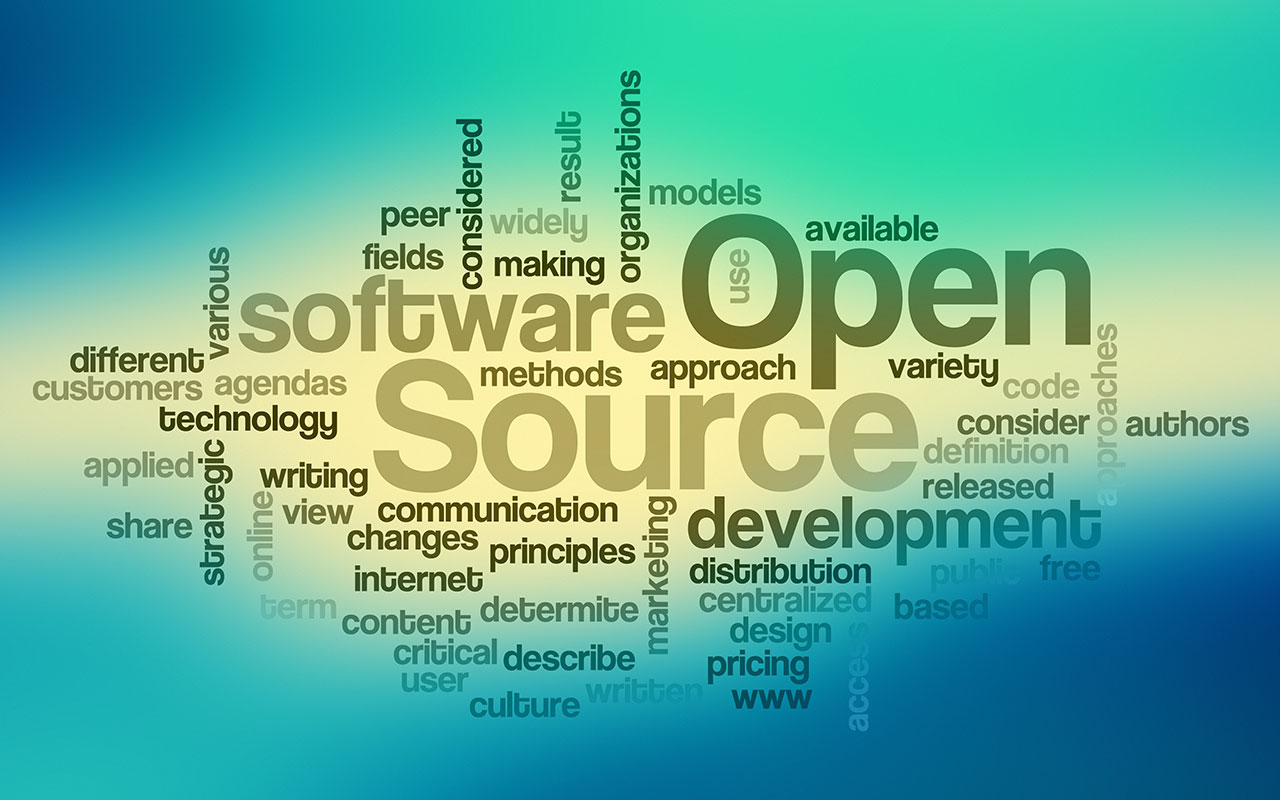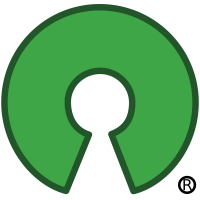There are interesting news from our competition: The new version 9 of the groupware Zimbra will no longer be available as open source. From the discussion in the Zimbra community it can be heard that the code contributions were simply too low and the current owner Synacor therefore does not see a meaningful business model behind the open source code.
I do not even want to discuss whether Synacor’s decision is an advantage or a disadvantage. But I would like to take this as an opportunity to write about open source in general.
We also have only a marginal amount of source code contributed by the community. Sure, we would like to see a more active community. But we see contributions as an opportunity for others and not as a basis for our decisions. For us, open source is a model of transparency and an important differentiation to the market leaders in our industry. With our open source code we give confidence and guarantee quality.
Open Source as differentiator
Our competition, especially Microsoft and Google, is pushing customers into the cloud. On one hand, this gives freedom, of course, because the resources simply seem to scale endlessly and do not require any maintenance. A cloud in itself can be operated with open source as well as closed source software. This is where the first big difference for the operators of a cloud arises: If the software is not open source, the operator is completely dependent on the software vendor. And if they then operate their own cloud themselves, it is highly likely that they will always have competitive advantages (faster patches, ideal integration, cheaper operation, …).
Further dependencies arise in the interfaces, but here for the cloud operators and their ecosystem. APIs are documented, but their use in applications is not transparent. Thus, it will always be the case that applications provided by the software vendor are necessarily better integrated than those provided by third parties.
Open Source is the basis for innovation
Cloud means customer loyalty, the business model is growth and therefore it is not only about winning new customers, but also about locking them more deeply into the own ecosystem. Why should a customer use Google Docs and Office365 Mail when Google offers a better integrated mail tool and Microsoft offers a better integrated office tool? Choosing the best tool for each is very limited for customers in the vendor clouds. However, if the software is open source, any tool vendor has an equal opportunity to integrate. The result is a diversified market. Customers have the opportunity to choose the best solutions in the best clouds.
The chances for innovation are increasing among software providers. They don’t have to trust large platforms and decide whether they might cannibalize themselves. They see the interfaces, the source code, the integrations of others and the cloud providers – on this basis, sustainable and correct decisions can be made.
Open Source creates trust
To stay with the example of the interfaces: Besides the question of how to operate an interface ideally, there is also the question of what exactly the interface does. With proprietary software, many interfaces are the data suppliers for their Big Data Pool. It doesn’t matter whether you want to or whether you see a chance to profit from this data pool yourself: In a typical case, you don’t even know what kind of data is collected and combined.
Probably the most tangible argument for trust in Europe is the American Patriot Act. Which institution gets access to what? Who can access what – officially or through less well-fixed security holes. In general: How can someone control whether a security problem has really been solved?
Open Source guarantees quality
I remember what one of the big discussion points was when we disclosed the source code of our software in 2007: Our developers had to go through the complete source code and revise it a lot because something was not documented here or something was solved in a nt so charming way there. That’s more of a funny side effect, but it’s still relevant.
More importantly, as an IT operator, you are responsible for your IT. Not being able to see whether something is happening or not cannot be a sustainable argument to provide good and reliable IT. Only open source creates the possibility of control here. And that does not at all mean that every administrator must have the ability to understand complex source code. In tangible terms, it means the chance to be able to ask experts to do so who are independent and do not themselves have a contractual relationship with the software provider.
To sum up…
Open Source is not a marketing gag, but an important basis for digital sovereignty. Open source code produces exactly the same easy-to-install binary program as non-open source code. However, with our programs, you can reproducibly prove from which source code it was created and you can check and see if everything is correct and security is guaranteed.
All in all, its open source past is a great advantage for Zimbra. Even though it is a challenging one. New code can emerge from the old. The support of the old vendor can end, but thanks to the open source code, other vendors can step in. Customers are not forced to follow the path of the current software provider. But, as described in the Digital Sovereignty layer model, this requires the skills to be able to manage the code. It is up to the IT operators to evaluate whether these competencies are available.




